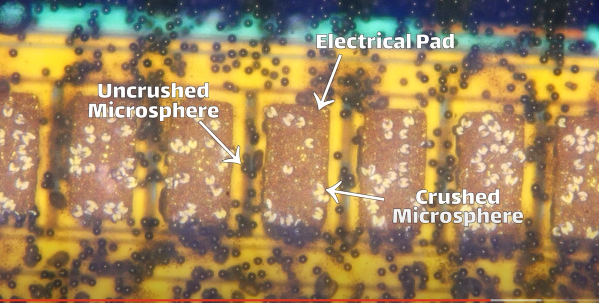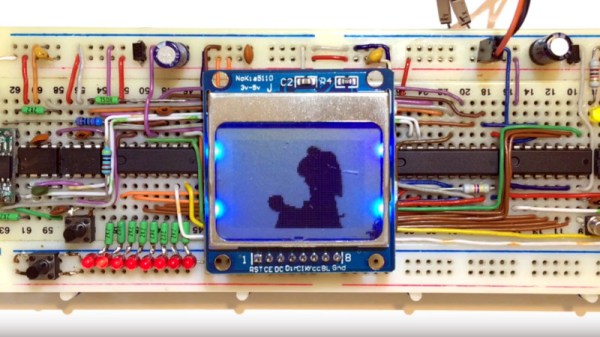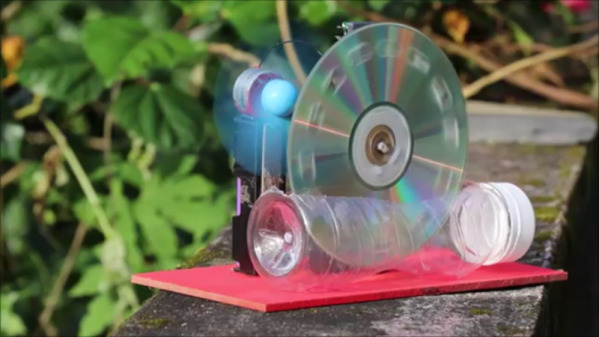Everyone already knows that Lego Technic is pretty rad when it comes to existing, pre-made kits, but there’s also quite a bit of hacking potential left. One such area is the lack of hydraulics in Lego Technic, an egregious oversight that [Brick Technology] simply had to correct. His effort results in a partially hydraulic, fully remote-controlled excavator. Rather than a traditional gear hydraulic pump as you’d expect in a real-life excavator, a custom peristaltic pump is used to move the fluid to the hydraulic cylinders (rams for our British and Oceanic friends).
The undercarriage is (sadly) purely electrical, with a slip-ring providing power to the electric final drives in the tracks, enabling it to spin around endlessly without limitations. Where the hydraulics come into play is in the excavator’s arm, with two hydraulic lift cylinders on the boom, one cylinder to control the stick, and a final cylinder to control the bucket. Rather than a hydraulic switch, the setup is simplified by using a single peristaltic pump per cylinder circuit.
Remote control and power are provided using the rather chonky BuWizz 3.0 Pro, which offers a wireless control link (here controlled using BrickController 2 on Android). Although original Lego cylinders were used, these are only intended for pneumatics, where it’s hoped that the used mixture of water and windscreen wiper fluid will prevent corrosion.
(Thanks to [Keith Olson] for the tip)
Continue reading “Building A Hydraulic Lego Excavator Using Standard Pneumatic Cylinders”

















